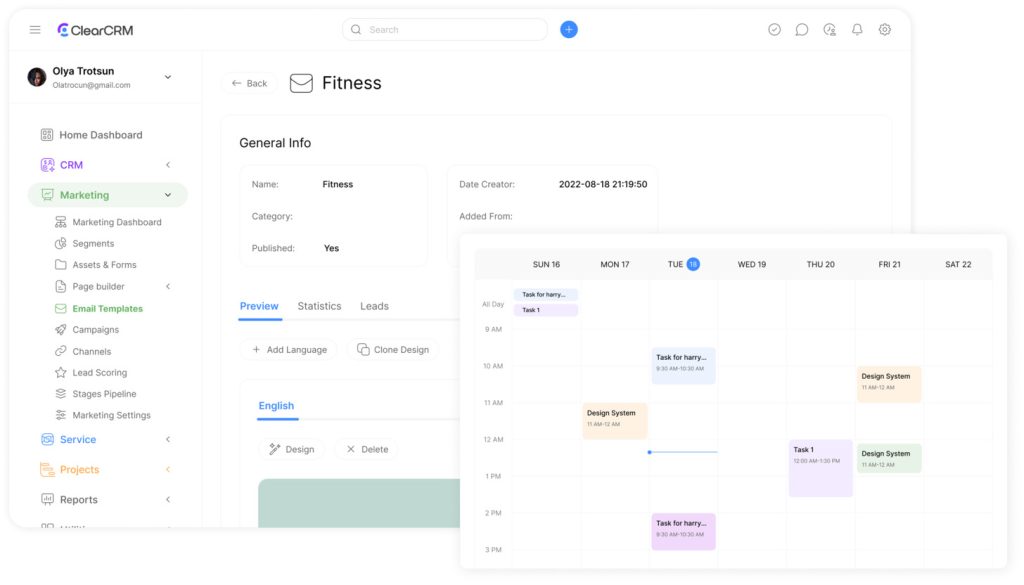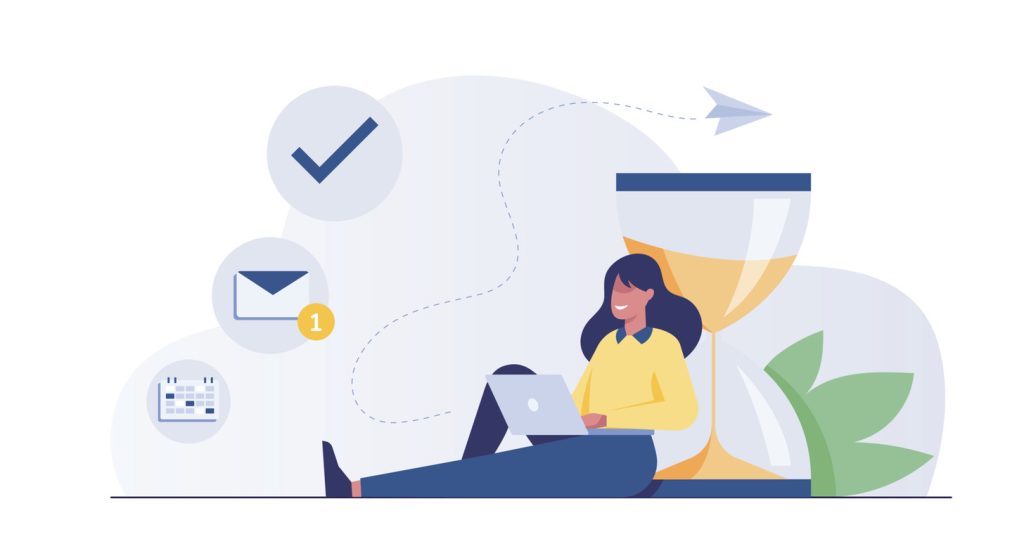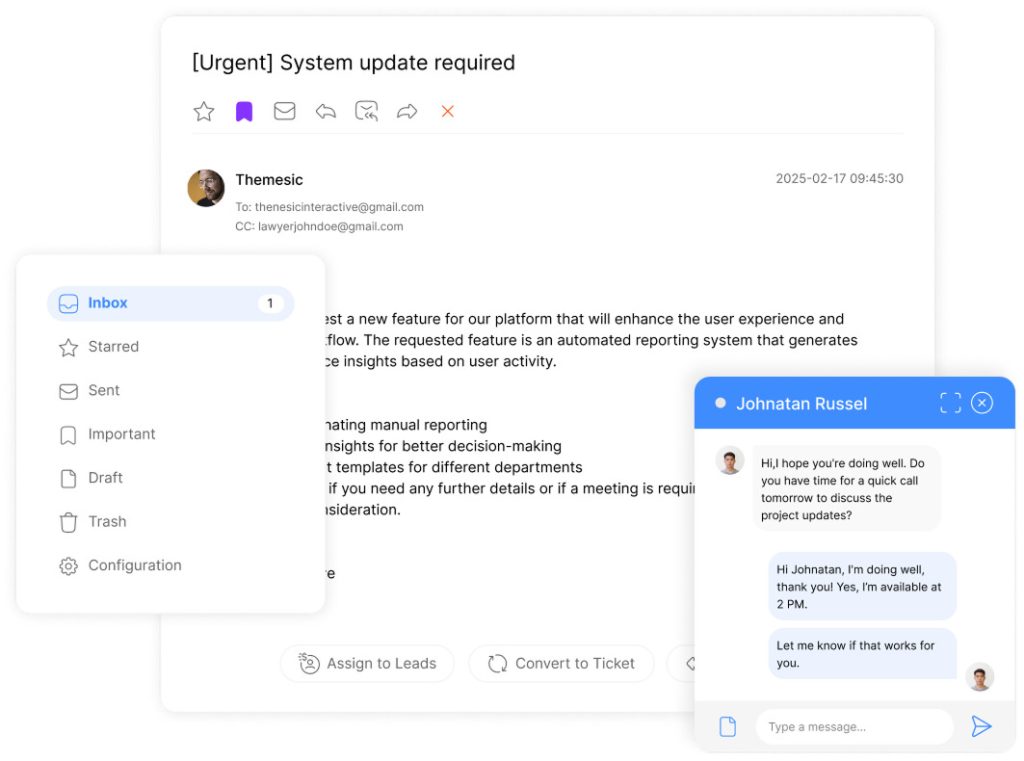Optimize Your Campaigns with Time-Based Emails: A Guide

In email marketing, timing isn’t just a detail—it’s the backbone of success for engaging your audience and boosting response rates. Sending the right message to the right person at the optimal moment can dramatically boost conversions. But get it wrong, and even the most polished campaigns fall flat. This guide reveals how to master strategic timing to transform your results.
Modern campaigns thrive on precision. When leads receive content that aligns with their needs exactly when they need it, engagement soars. Yet many businesses still rely on generic schedules, missing critical opportunities. The solution? A framework that combines behavioral insights, audience segmentation, and email automation tools for maximum impact in email marketing. A framework that combines behavioral insights, audience segmentation, and automation for maximum impact.
Adopting data-driven timing strategies helps businesses avoid two common pitfalls: acting too soon (which can overwhelm prospects) or waiting too long (letting interest fade). Tools like conditional messaging and automated workflows enable marketers to deliver hyper-relevant content that drives action. For example, pairing timing with comprehensive marketing strategies creates seamless customer journeys that boost retention and ROI.
Key Takeaways
- Strategic timing increases open rates by 20-30% compared to generic schedules
- Behavior-based triggers outperform fixed schedules in lead conversion
- Automated workflows reduce manual effort while improving personalization
- Segmented campaigns see 50% higher click-through rates
- Real-time analytics enable continuous timing optimization
By focusing on when to engage audiences—not just what to say—businesses unlock new levels of campaign efficiency. The following sections break down actionable steps to implement these principles, from initial setup to advanced optimization techniques.
Understanding Time-Based Emails and Their Impact on Campaigns

Mastering the clock in communication strategies can turn casual clicks into committed customers. Modern marketers achieve 27% higher engagement by aligning outreach with audience behavior patterns. This approach transforms generic broadcasts into precision-guided conversions.
Core Principles of Behavioral Alignment
Behavior-triggered communications outperform static schedules by 34% in open rates. Platforms now let teams set rules like:
“Send follow-ups 48 hours after cart abandonment” or “Delay promotional offers until users complete onboarding.” These timed interactions feel intuitive rather than intrusive.
| Metric | Traditional Approach | Time-Based Strategy |
|---|---|---|
| Open Rates | 18% | 29% |
| Click-Through Rates | 4.2% | 7.8% |
| Conversion Rates | 1.9% | 3.6% |
| Unsubscribe Rates | 0.8% | 0.3% |
Timing’s Role in Conversion Optimization
Messages sent during decision-making phases convert 2.3x faster. A travel company increased bookings by 41% by triggering offers when users revisited flight pages. Automated workflows analyze:
– Page visit frequency
– Content engagement duration
– Previous response patterns
This data shapes dynamic schedules that adapt to individual readiness. Campaigns become conversations rather than monologues, with each timed message building relevance and trust.
The Science Behind Timing in Marketing
Effective marketing isn’t just about what you say—it’s about when your message arrives. Modern automation systems use two core timing mechanisms to deliver content at scientifically optimized moments. These tools transform generic campaigns into precision-guided sequences that adapt to individual behaviors.
Explaining the Timing Trifecta
High-performing email campaigns combine three elements: fixed intervals, behavioral conditions, and psychological readiness for better email marketing results. Marketing platforms use:
- Countdown timers that trigger messages after set periods (e.g., 72-hour follow-ups)
- Condition-based pauses that hold messages until users meet criteria like completing a tutorial
- Engagement analytics to identify when prospects are most receptive to offers
This triad ensures messages arrive when they’ll have maximum impact, not just when calendars dictate.
Behavioral Triggers and Wait Conditions
Actions like clicking a link or abandoning a cart activate automated sequences. Systems then apply intelligent delays based on:
- How often users interact with content
- Time spent on key pages
- Previous response patterns
For example, a SaaS company might delay upgrade offers until users complete three onboarding tasks. This approach increases conversions by 38% compared to fixed schedules.
Crafting Effective Time-Based Emails

Precision in communication transforms generic outreach into meaningful conversations. To achieve this, marketers must align content with individual preferences while respecting audience readiness. The key lies in blending behavioral insights with adaptable messaging frameworks.
Segmentation Through Actionable Insights
High-performing email marketing campaigns categorize audiences based on demonstrated behaviors rather than assumptions for better targeting and response rates. For example:
- Users who revisit pricing pages 3+ times receive discount offers
- Subscribers opening messages within 2 hours get priority follow-ups
- Cart abandoners see recovery sequences after 24-hour delays
| Segmentation Type | Engagement Rate | Conversion Lift |
|---|---|---|
| Demographic | 12% | 8% |
| Behavioral | 31% | 23% |
| Transactional | 19% | 15% |
Dynamic content blocks adapt messaging in real-time. A single template might showcase winter coats to Minnesota residents while highlighting swimwear for Floridians. This approach reduces unsubscribe rates by 42% compared to generic blasts.
Advanced tools analyze purchase history and browsing patterns to predict needs. A home decor brand increased repeat sales by 29% using real-time inventory data in campaigns. Messages highlighted restocked items customers previously viewed.
Journey mapping ensures relevance across interactions. First-time buyers receive educational content, while loyal customers see exclusive previews. This strategy builds trust while minimizing irrelevant communication.
Scheduling Emails for Optimal Delivery

Strategic message timing separates impactful campaigns from overlooked ones. Businesses using intelligent scheduling tools achieve 22% higher response rates by aligning outreach with recipient availability. This approach balances operational efficiency with audience receptivity.
Advantages of Delayed Sending
Delivering content at precise moments builds credibility. Teams gain flexibility to compose messages during peak productivity hours, then schedule delivery for ideal engagement windows. Key benefits include:
- 48-hour review periods to refine messaging
- Automatic timezone adjustments for global audiences
- Stress reduction through controlled workflows
| Effective Strategy | Ineffective Approach | Impact Difference |
|---|---|---|
| Randomized send times (±45 mins) | Fixed daily schedules | +17% open rate |
| Timezone-adjusted delivery | Single global schedule | 29% fewer unsubscribes |
| Post-review delays (2-4 hours) | Immediate sending | 41% fewer typos |
How to Avoid Scheduling Pitfalls
Common mistakes stem from interface design and timing assumptions. Always verify these elements before deployment:
- Double-check scheduled vs. send now button placement
- Add 5-15 minute variations to prevent robotic patterns
- Review timezone settings for multi-region campaigns
Platforms like Gmail and Outlook now offer scheduling safeguards, including confirmation pop-ups and last-minute edit options. These features help maintain professionalism while enabling strategic message timing.
Leveraging Automation Tools for Email Campaigns
Modern marketing thrives on systems that scale personalization without sacrificing precision. Leading platforms now offer automation features that adapt to user behavior while maintaining human-like responsiveness. These tools transform static campaigns into dynamic conversations.
Setting Up Triggers and Automated Delays
Platforms like ActiveCampaign provide 20+ start triggers – from form submissions to page visits. Marketers combine these with segmentation tools to target specific audiences. For example:
- Cart abandoners receive reminders after 24-hour delays
- Free trial users get upgrade offers post-onboarding
“Wait until” conditions pause sequences until users complete actions, while time limits ensure contacts progress through workflows. This prevents campaign stagnation and respects recipient boundaries.
Implementing Conditional Messaging Effectively
Dynamic content blocks adjust offers based on real-time data. A CRM-integrated automation tool might showcase:
- Location-specific product recommendations
- Personalized discount tiers based on purchase history
Testing remains critical. Teams should audit sequences monthly, analyzing open rates and conversion paths. Properly configured automation increases lead quality while reducing manual workload by 37%.
Incorporating Date-Based Messages in Your Strategy

Meaningful connections form when brands recognize personal milestones. Date-driven campaigns achieve 38% higher retention by aligning messages with moments that matter to customers. This approach transforms standard communications into memorable interactions.
Using Date Fields for Reminders and Celebrations
Automated systems now sync with CRM data to trigger email sequences for:
- Birthday discounts (sent 3 days before the date)
- Account anniversary thank-you notes
- Subscription renewal reminders (7-day advance alerts)
| Date Type | Engagement Rate | Conversion Lift |
|---|---|---|
| Birthdays | 41% | 19% |
| Purchase Anniversaries | 33% | 27% |
| Event Reminders | 38% | 22% |
Best Practices for Anniversary and Birthday Emails
Effective email campaigns balance celebration with strategy. A clothing retailer increased repeat purchases by 31% using:
- Personalized product recommendations based on past buys
- Time-sensitive offers (48-hour expiration windows)
- Gamified loyalty rewards for milestone years
Always verify dates across time zones. Platforms like HubSpot automatically adjust send times based on location data. This prevents midnight alerts and maintains professionalism.
Balancing Immediate and Scheduled Email Responses
Effective communication requires matching speed with strategic intent. Businesses that master response timing see 32% higher satisfaction rates while maintaining professional credibility. The decision to send email instantly or schedule delivery hinges on three factors: urgency, relationship depth, and desired perception.
Matching Speed to Communication Goals
Immediate responses prove critical for time-sensitive scenarios. Automated confirmations and service alerts require instant delivery to build trust. A shipping company reduced support calls by 19% using real-time tracking updates.
Scheduled messages demonstrate deliberation. When proposing partnerships or complex solutions, 24-48 hour delays signal thorough consideration. Marketing teams using intentional delays report 27% higher proposal acceptance rates.
Key guidelines for email timing:
- Use instant replies for operational updates and urgent requests
- Schedule strategic communications during high-engagement windows
- Analyze recipient time zones and work patterns before sending
Tools like send-time optimization algorithms help businesses send emails at peak open-rate moments, improving email marketing results. This balance between speed and strategy elevates response quality while preserving brand professionalism.

